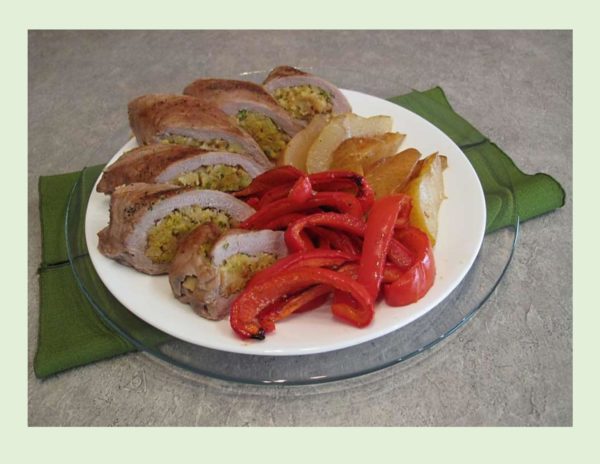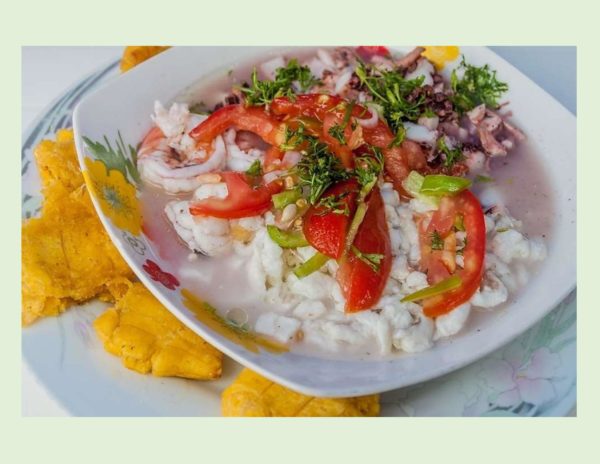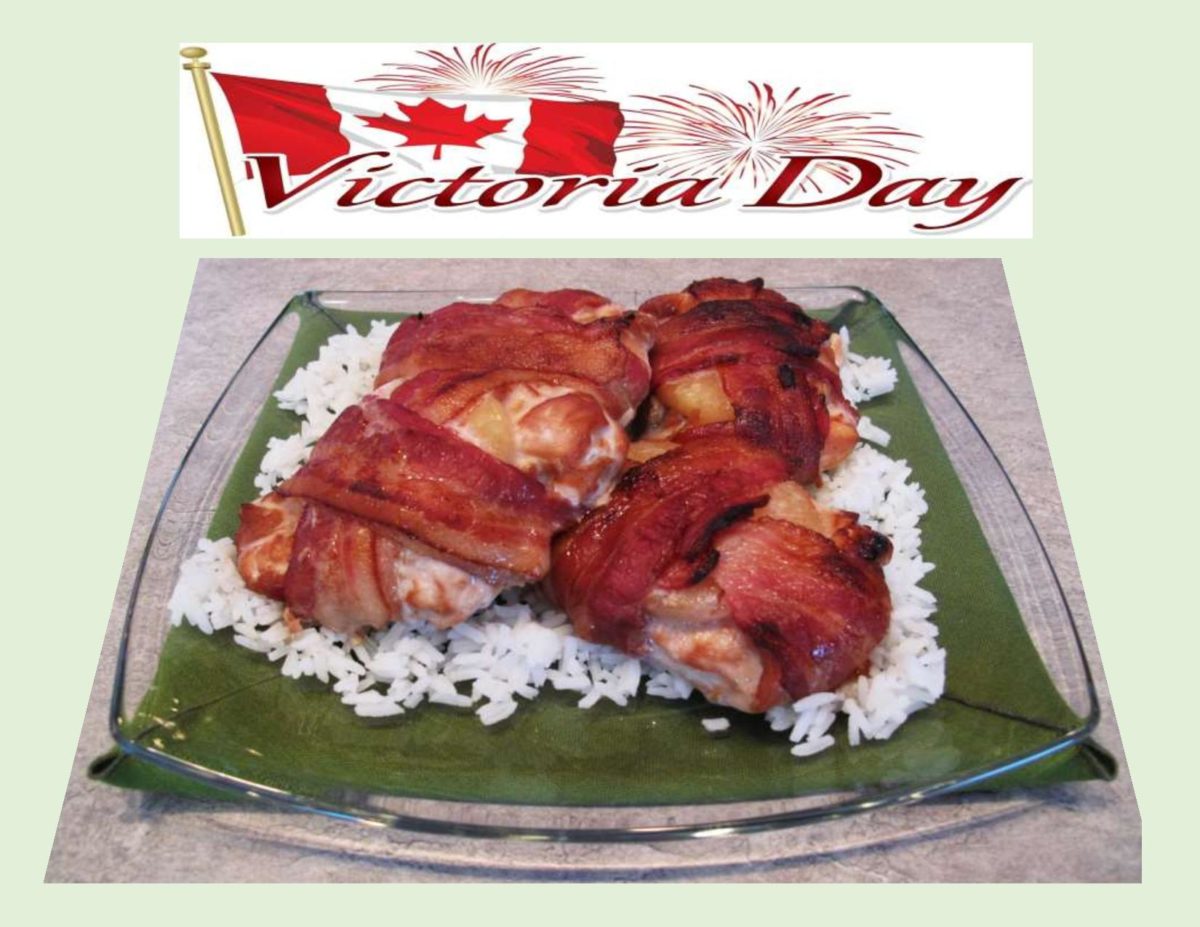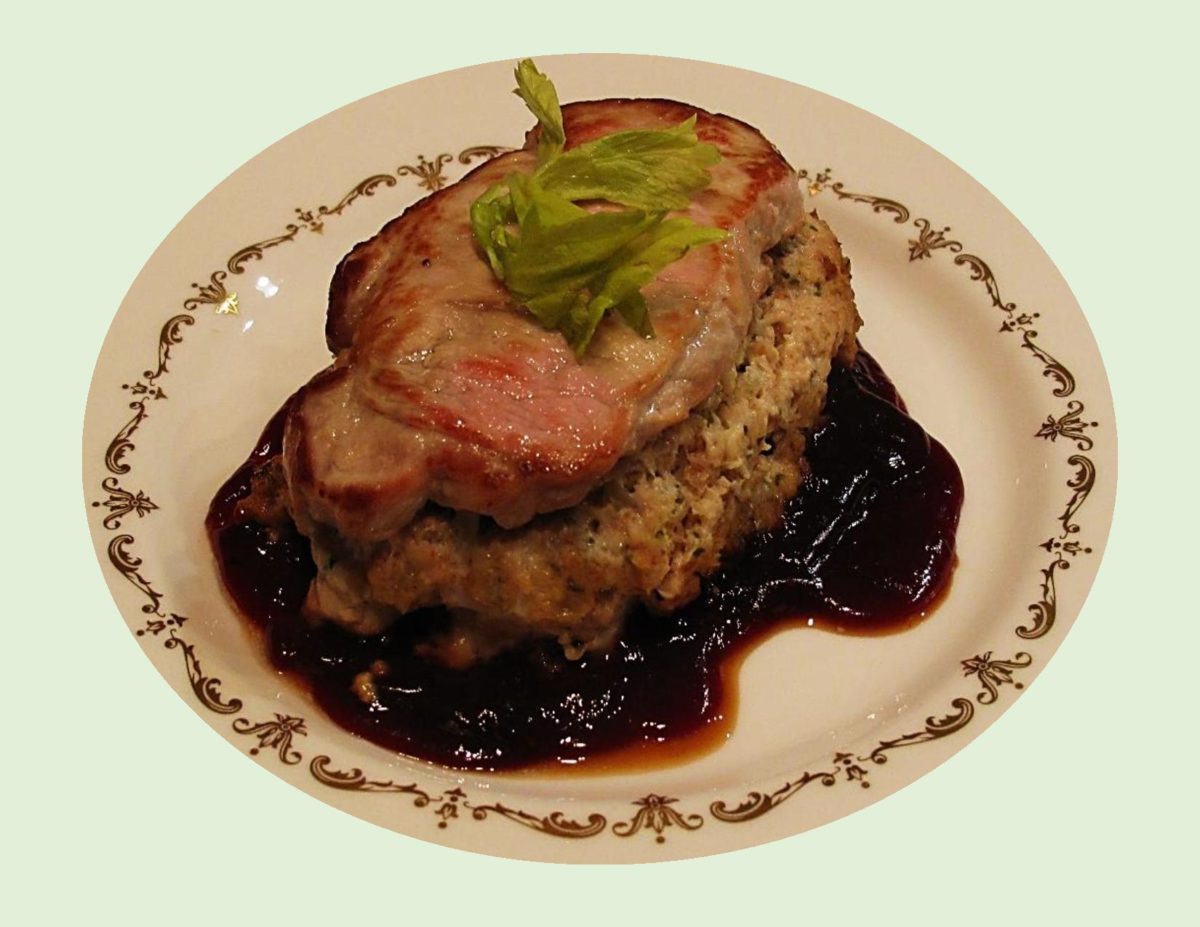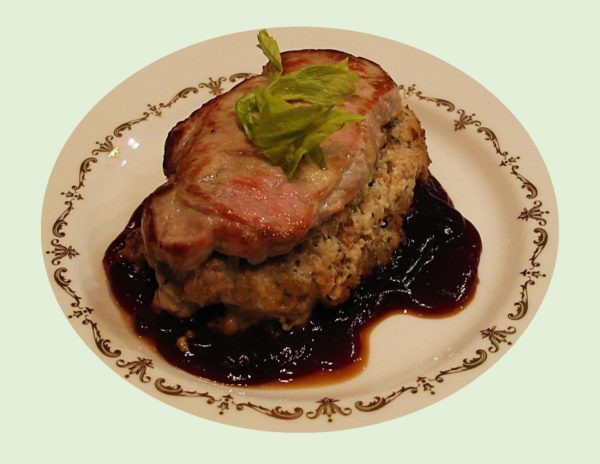Something that was quite apparent to Brion and I when we visited Cuba last year, was that pork and chicken were their favorite meats. It is said that Cuban food reflects the Cuban spirit. A hearty appetite for sweetness and the richness of life, respect for tradition and spiced with a spark of adventure. Although papaya is native to the tropical areas of Mexico as well as Central and South America, it is now cultivated in most countries having a tropical climate. The fruit goes by several names such as pawpaw, papaye (French), fruta bomba or lechosa (Spanish).
It is unclear as to how rice became central to Cuban cuisine, but for a Cuban, a meal without rice is simply not complete. Basmati rice is a unique strain of rice often associated with Asian and Indian cuisine as it originated in India. Characterized by its light nutty flavor and floral aroma, Basmati makes a good choice to pair with fish or chicken dishes. When cooked it retains its individual, non-sticky grains which allow sauces to coat well. Both brown and white varieties are available but brown will give a much deeper flavor.

| Servings |
|
- 1 Tbsp butter,
- 1 cup orange juice
- 237 ml (approx. 1 cup) crushed pineapple in its own juice
- 1 Tbsp brown sugar
- 1/2 tsp EACH cardamom & ground anise
- pinch of cayenne (optional)
- salt & pepper to taste
Ingredients
Chicken & Rice
Pineapple Sauce
|

|
- Preheat oven to 350 F. Line a baking sheet with aluminum foil.
- Using the tip of a sharp boning knife, cut a pocket in each chicken breast through a 2-inch slit in the side. Place papaya slices into each chicken breast & sprinkle with cinnamon. Dip each breast into melted butter then into cracker crumbs.
- Heat 1 Tbsp of butter in a skillet over medium-high heat. Place chicken breasts in skillet & brown about 5 minutes on each side. Place browned breasts on baking sheet.
- Bake for about 20 minutes, then flip over & continue to bake until chicken is no longer pink in center about 20 minutes more. Meanwhile, bring rice & water to a boil in a saucepan. Cover; simmer until rice is tender & liquid is absorbed, about 20-25 minutes.
- In skillet that was used to brown chicken, melt 1 Tbsp butter scraping up any brown bits. Stir in orange juice, pineapple, brown sugar & all spices. Reduce to medium & simmer until reduced, about 30 minutes. Reduce heat to low & continue to simmer until sauce is thickened. Serve the chicken breasts over rice with pineapple sauce spooned over top.



